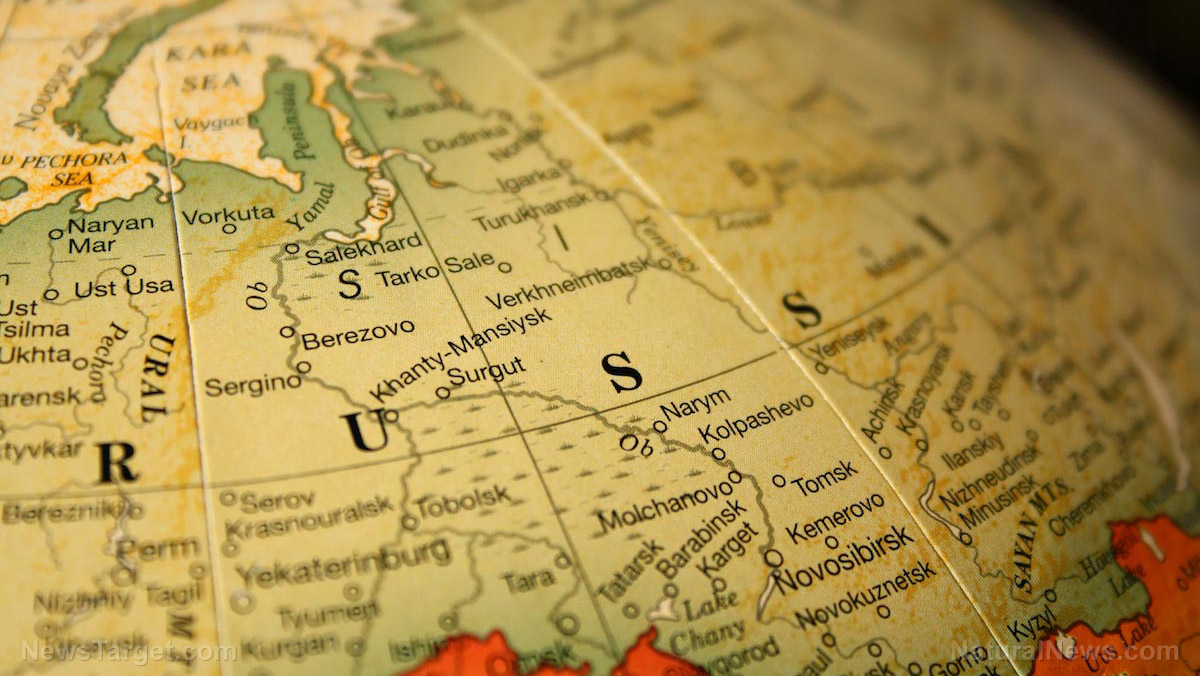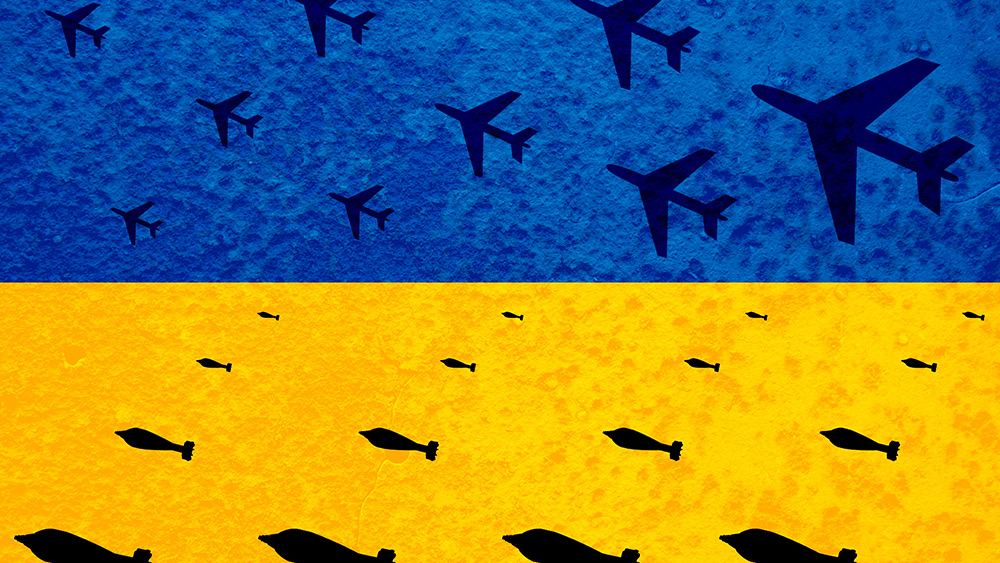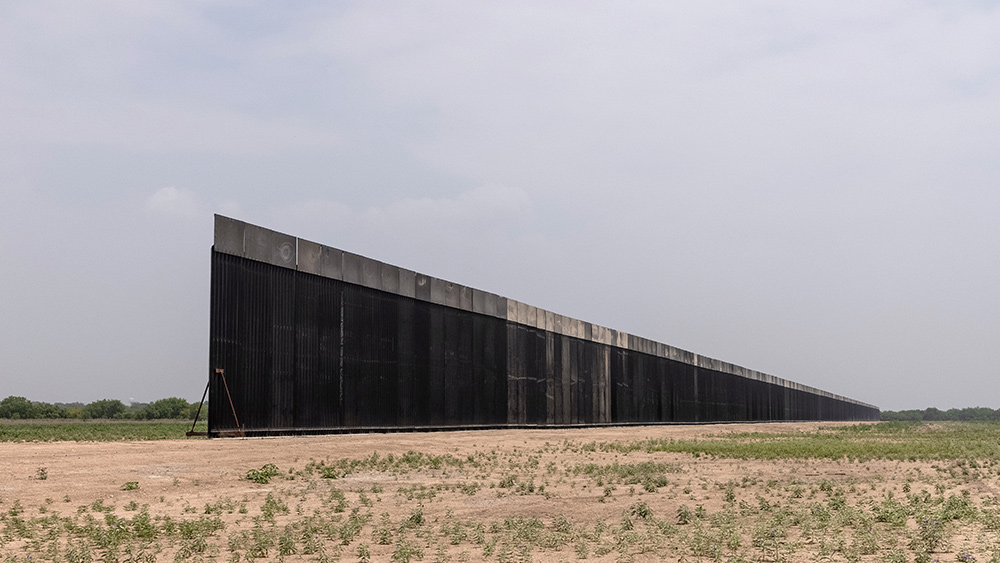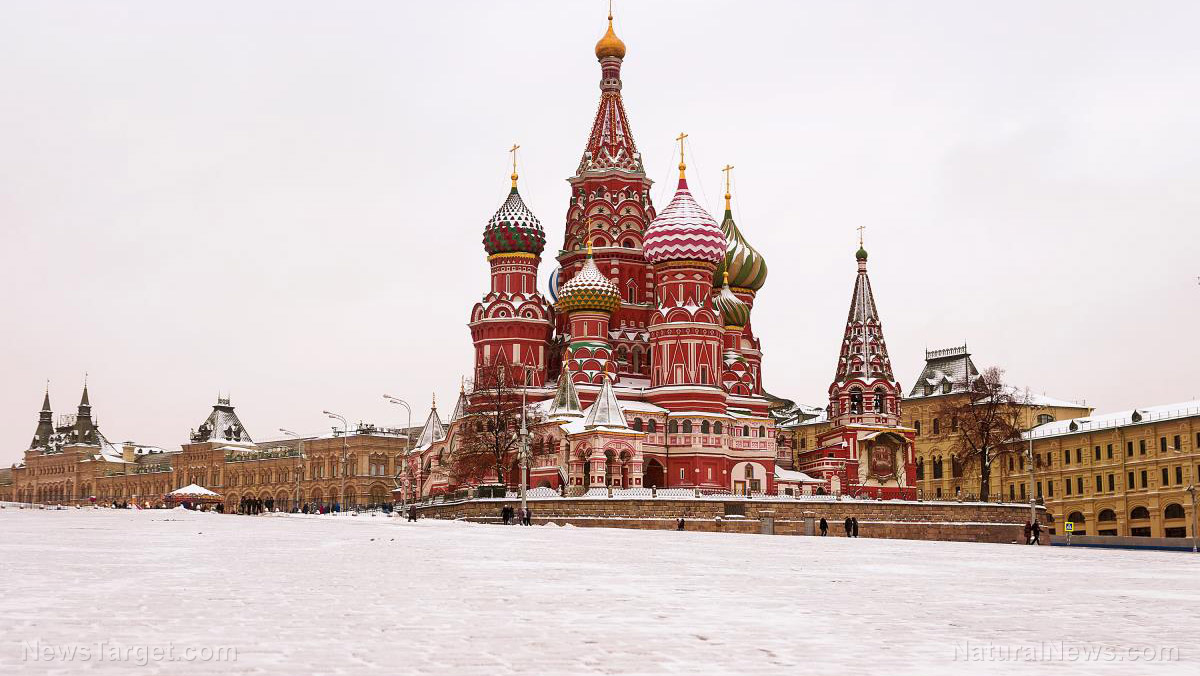Global food prices hit highest levels in a decade
10/14/2021 / By Mary Villareal

Worldwide food prices have reached their highest levels. According to the United Nations Food and Agriculture Organization (FAO), the food price index reached a 10-year high last month, reflecting the increased prices around the globe.
The FAO’s food price index reached 130 points in September. This level has not been seen since 2011, and it represents a 32.8 percent increase since September 2020.
In the United States, beef prices jumped 12.2 percent in the past year while the cost of bacon increased by 17 percent. Meat, poultry, fish and eggs are sold at an eight percent increase, as well. Dairy products are the only ones that dipped, falling by 0.5 percent year-over-year.
David Ortega, an associate professor and food economist at Michigan State University, says that food prices will continue to be affected by many factors in the short term. The COVID-19 pandemic, climate change and the law of supply and demand are some of the reasons for these price hikes.
“Consumer behavior is changing and demand is increasing as consumers are starting to re-re-emerge from this latest surge of COVID cases. There are some serious supply chain logistic issues that are affecting shipping and transportation times that are adding to rising costs. Labor shortages and rising wages are also partly to blame,” he says.
Climate also plays a role. For example, hot and dry weather in North America and frost and drought in Brazil affect food production. The energy crisis is also threatening the fall harvest in China and could add to rising costs worldwide.
Ortega says food prices will continue to rise for the next few months and that long-term severity will depend on the extent of harvest setbacks in some countries, and how fast the supply chain can catch up from disruptions.
Abdolreza Abbassian, an economist at FAO, says it is the combination of things that are beginning to get very worrying.
Food prices linked to increased demand in cereals
The rising food prices worldwide are being caused by the lack of supplies and growing demand for pantry staples such as wheat and palm. The FAO index, which tracks monthly changes in commonly-traded world food commodities, has shown a 41 percent year-over-year jump in wheat prices.
The vegetable oil price index also increased by 1.7 percent in the last month, representing a 60 percent year-over-year increase caused by growing palm oil prices, which reached a 10-year high due to labor shortages and growing demand for the products.
The global price of sugar is up by 53.5 percent year-over-year, which can be attributed to the bad weather and bolstered ethanol prices in Brazil – the biggest sugar exporter in the world.
Worldwide dairy prices are also up about 15 percent year-over-year, with an upswing driven by the global import demand and seasonal factors in Europe and Oceania. Demand for butter is particularly high.
The cost of meat is unchanged month-over-month but has seen a 26.3 percent increase from the previous year.
High cereal prices will impact the countries that combine elevated household spending on food with high dependence on imports. (Related: World food prices jump to record highs… with no end in sight.)
Nigeria is already experiencing constraints on household purchasing power and food access, made worse by the conflict in the northeastern part of the country.
In Costa Rica, the cost of cereal imports is 34.8 percent higher in the first five months of the year compared to the same period in 2020 even though import volumes rose by only 5 percent.
International bodies and national governments are now taking steps to reduce dependence on cereal and other food imports in developing nations. Some countries are also working on broad-based strategies to develop more sustainable national food ecosystems.
Get more updates about food stability and price increases at FoodCollapse.com.
Sources include:
Submit a correction >>
Tagged Under:
big government, economy, FAO, Food and Agriculture Organization, food collapse, food inflation, Food Price Index, food prices, food supply, groceries, harvest, national security, price surge, products, starvation
This article may contain statements that reflect the opinion of the author
RECENT NEWS & ARTICLES
COPYRIGHT © 2017 NATIONAL SECURITY NEWS






















